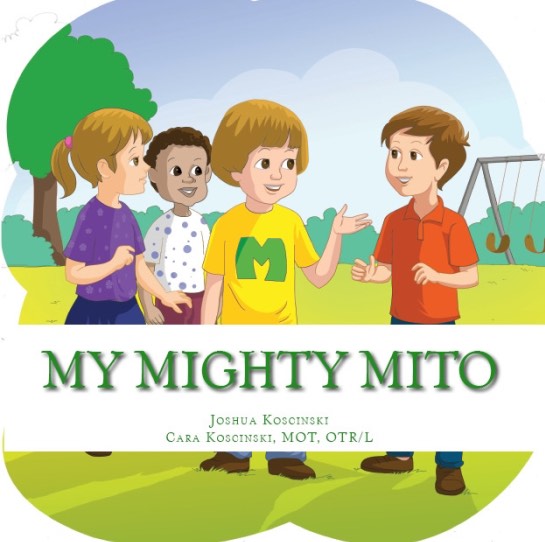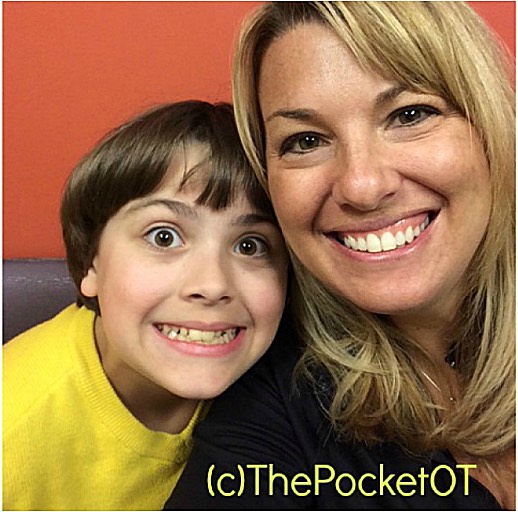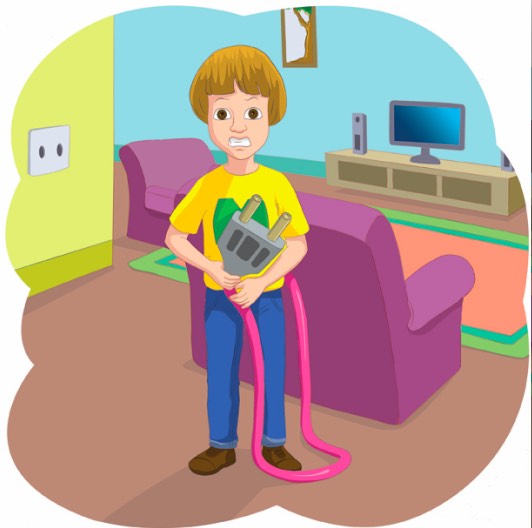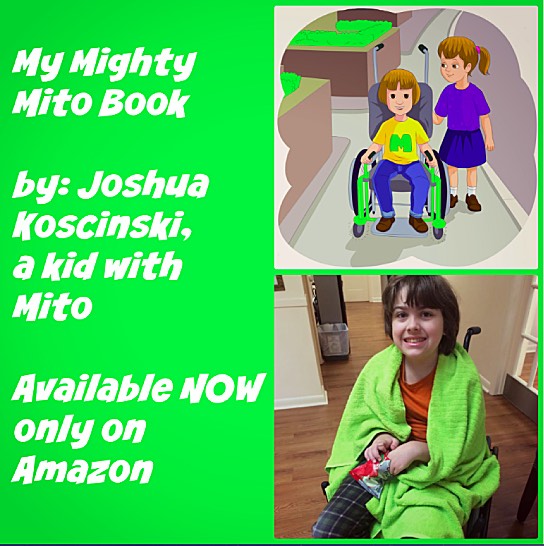‘My Mighty Mito’: Interview with Mother-Son Team Behind Book for Kids with Mitochondrial Disease
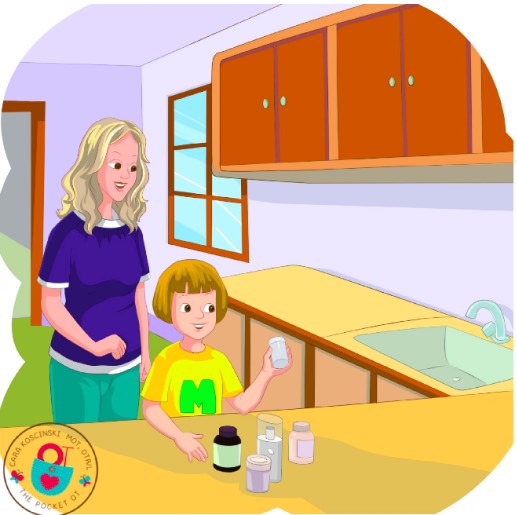
Cara Koscinski is, by many measures, an exceptional woman. A pediatric occupational therapist, she’s also the author of numerous books on her specialty and on kids with special needs, a public speaker on these topics, a web publisher, and a homeschooling mom to her two own special-needs children: Joshua, 13, and Jacob, 16.
In an exclusive interview with Mitochondrial Disease News, she talks about the newest in her series of books for children dealing with such problems as autism, learning disorders, coordination or behavioral difficulties, and, now, mitochondrial disease. The books are, she says, “a springboard” for children and their families to talk openly about shared challenges.
“My Mighty Mito Book: A Book for Children Who Have Mitochondrial Disease” (Pocketbooks for Children, Aug. 20, 2016), co-written by Cara and Joshua, is a colorful, clearly worded, and brightly illustrated work that helps children with the disease understand they are not alone. In friendly and easy-to-understand terms, “My Mighty Mito” covers topics such as: What is Mito? What is a feeding tube ? Why am I tired? Why do I need my wheelchair some days, and feel strong on other days?
The book also provides space for children to personalize with their name, favorite activities, unique “mito” symptoms and their feelings toward them.
“Mighty Mito” is the nickname that Joshua at a very young age gave to his mitochondrial disease. Today he copes with its difficult daily symptoms and effects, as well as a constellation of other health issues, including autism, speech and motor delays, food allergies, and eosinophilic esophagitis.
Homeschooled because mitochondrial disease severely limits his energy and has left him hyper-sensitive to both heat and humidity, Joshua uses his Granny Smith-green wheelchair on days he is unable to walk. He also has a GJ tube (gastrojejunostomy tube) for feeding, because his stomach doesn’t function effectively.
Like many young teens, he’s a Minecraft fan, and loves social media (he runs the “My Mighty Mito” Facebook site and his book’s webpage) and his family’s dogs, Peaches and Molly.
As Joshua’s mother and caregiver, Cara helps Joshua with managing symptoms, tube feedings, and the many tests and hospitalizations he undergoes.
A member of the American Occupational Therapy Association, Cara is licensed in three U.S. states, an adviser to AutismAsperger’s Digest Magazine, and was named one of Jennifer O’Toole’s Asperkids Advisors of Awesomeness.
She was a recipient of Duquesne University’s Innovative Practice Entrepreneur Award, and has served as an adjunct clinical instructor for the Duquesne University Occupational Therapy program. Cara was also recently appointed marketing director of the newly formed Lowcountry Special Needs Network, based in her hometown, Charleston, S.C. She created and maintains the network’s website, as well as  her own The Pocket Occupational Therapist site.
her own The Pocket Occupational Therapist site.
Cara provides occupational therapy services, advocacy and consultations, specializing in autism, Sensory Processing Disorder, behavior, and social skills training at sites across the U.S. and U.K. She is the author of The Pocket Occupational Therapist Book Series.
She recently spoke with Mitochondrial Disease News about writing “My Mighty Mito” with Joshua, and shared her insights and perspectives on this disease.
Q: What inspired you to pursue “My Mighty Mito”? Was the conception initially Joshua’s … or was it a product of joint brainstorming?
CK: Often, children enjoy reading books to help them understand concepts such as moving, going to the hospital, and difficult life changes. When our kids were little, they always enjoyed reading about kids who were going through similar things. In the therapy world, we call these social stories. They help to explain and use visuals and story-telling to help children to know they are not alone. When we looked for books on mitochondrial disease, we could not find one. So, we thought, let’s write our own!
We wanted the pictures to look like Joshua, so we hired an illustrator and sent him pictures and descriptions. This photo of him “plugging” himself in goes along with a page saying, “Everyone’s body has its own ‘batteries!’ They are called ‘mitochondria. I call them ‘Mito.'” … We felt this was the perfect example of what a child with mito feels like!!
Q: Did you encounter any difficulties or particular challenges in writing a book discussing such a personal topic, or have to overcome any creative differences?
CK: During the writing of the book, Joshua experienced a metabolic stroke. His body didn’t make enough energy [via mitochondrial cells] to power his speech. He lost some ability to speak for a while until he got stronger, and the book was put on the back burner for a while. It was a sensitive time for our family! Joshua wanted his photos to look happy so other children would not feel afraid, but I told him that living with Mitochondrial Disease is not always fun.
We purposefully did not show blood, or red in any of the photos — even the one with the IV in the hospital. The … book is not designed to scare children — rather than to give them a way to look at the photos and express their own concerns and fears. We know that Child Life Specialists are specially trained in dealing with blood work and painful procedures, so we left the scary parts to the experts who know the proper words and demonstrations to use.
The book is really a springboard to start discussion. That’s why we designed the “My Mighty Mito Book for Children” to have a line for children to be able to write their own name and experiences in it.
Q: How did you determine the particular topics the book focuses on?
CK: We talk about most of the common things children with Mito experience. There are, of course, many variations, and different types of tubes and procedures, but we focused on the most common ones. That’s why we left room for personalization at the end. We even contacted the company who makes tubes for children with mitochondrial disease, so that we had actual photos of the products used.
Q: Are you pleased with how the book turned out?
CK: We were so happy with the book! It was very emotional for us to read it and see how the pictures matched exactly what we were trying to express. The end truly matched our idea board — which was SO satisfying! Joshua feels proud that he can help other kids to know they are not alone, and he likes the idea of being famous, so it makes him happy.
Q: What sort of feedback have you been getting from readers?
CK: The book is really new, so we are getting some exciting feedback! People are telling us their child loves seeing that he or she is not alone. The other unexpected comment is that the book is helping families and siblings to talk more about what Mito is and how it affects the family.
Q: Could you provide some background on how and why you decided on OT as a profession, and came to launch the PocketOT site?
CK: I had been an occupational therapist for many years, and it wasn’t until my own children were diagnosed with special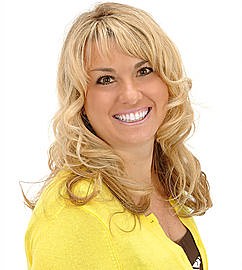 needs that I decided to work in the area of pediatrics. I specialized in autism and sensory disorders, since I understand what it’s like to live with these disorders in my home. I speak and write about our own experiences and try each activity listed in my books and courses to make sure it works with my own children and clients.
needs that I decided to work in the area of pediatrics. I specialized in autism and sensory disorders, since I understand what it’s like to live with these disorders in my home. I speak and write about our own experiences and try each activity listed in my books and courses to make sure it works with my own children and clients.
I think people feel comfortable taking advice from me, because I have firsthand knowledge. It brings credibility to my techniques and the passion for my job is huge, because I know how much OT helps to improve the lives of children.
The Pocket Occupational Therapist started because I wanted to be easily accessible and my books and tips to be used at any time, any place, because they are organized by area of difficulty. You might pick up the books to learn about toileting one month and then handwriting the next. … They are written in non-technical jargon, and tips abound in each book. Readers will feel empowered and ready to help their child immediately … and that’s a big deal in the stressful life of raising a child with special needs.
Q: Cara, you have an OT practice, are a homeschooling mom, operate several websites, do book signings, media appearances, and speaking engagements, develop music therapy CDs, write articles, and are a director or adviser for several organizations. How do you fit it all in?
CK: No sleep! I’ve never been a big sleeper anyway. My brain works so fast that my body just can’t keep up. I have lupus, so I must be careful to schedule time to rest and relax. The best thing about being an occupational therapist is that my job is to literally PLAY with my clients! That’s not work to me. I love every minute of what I do and can’t get enough.
“My Mighty Mito Book: A Book for Children Who Have Mitochondrial Disease” is available at Amazon.com.
Sources:
Cara and Joshua Koscinski
The Pocket Occupational Therapist
MyMightyMito.org




